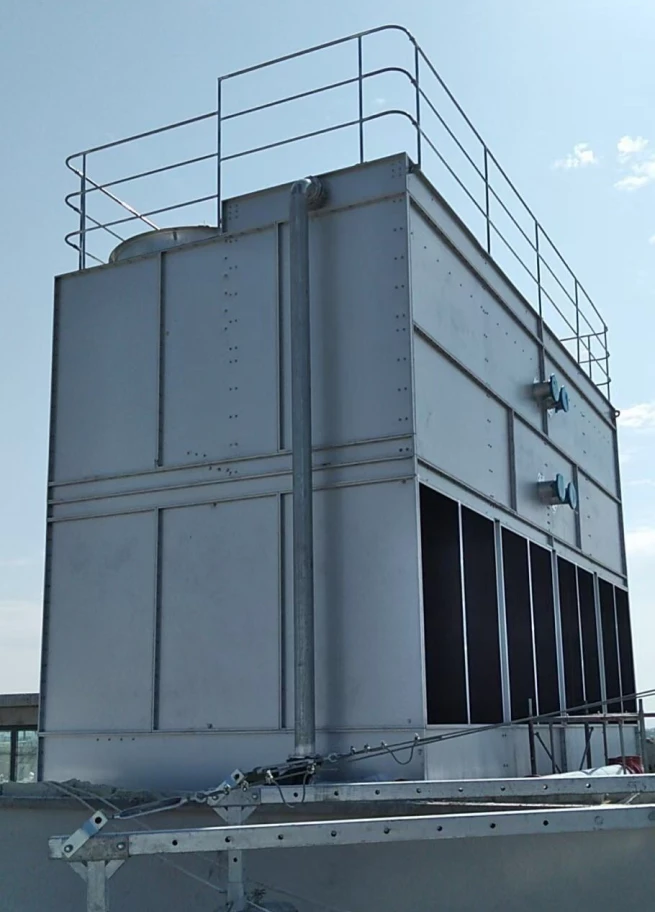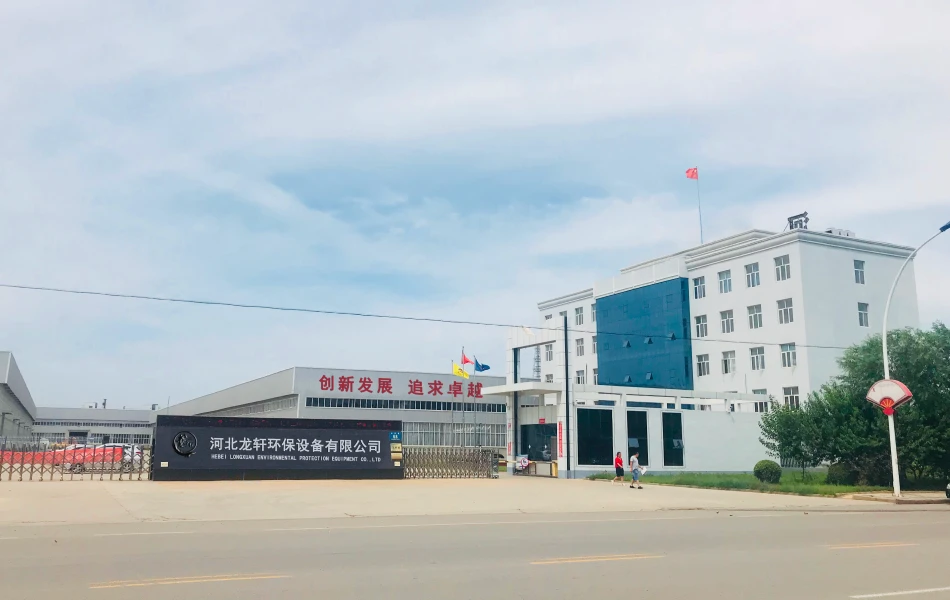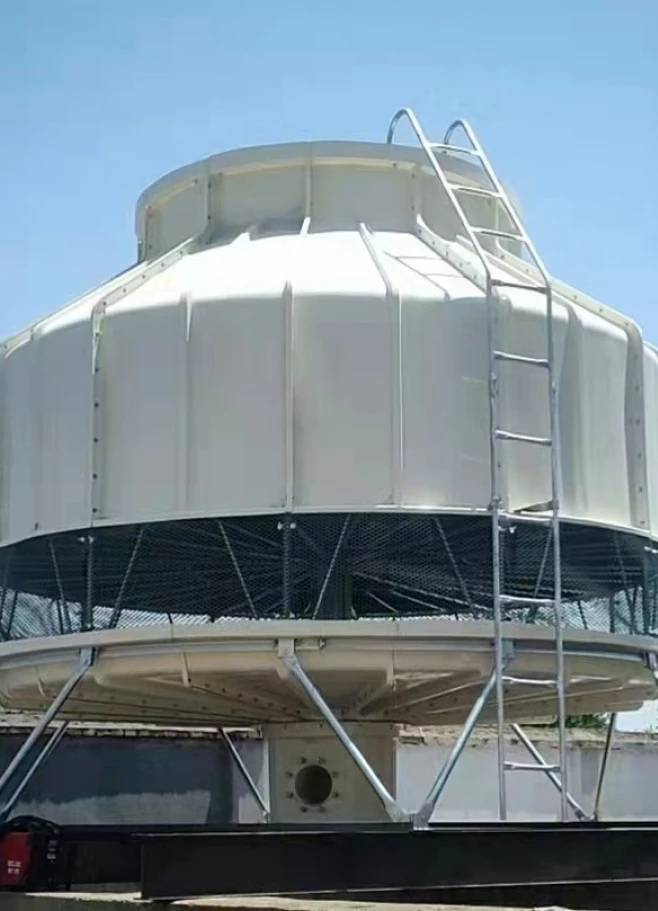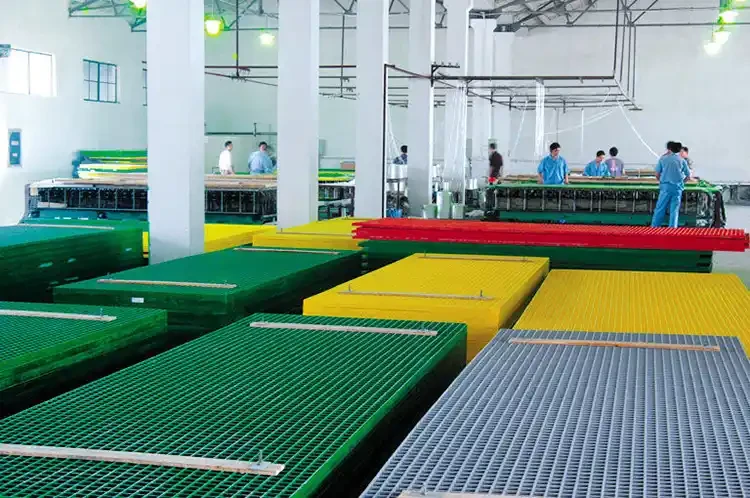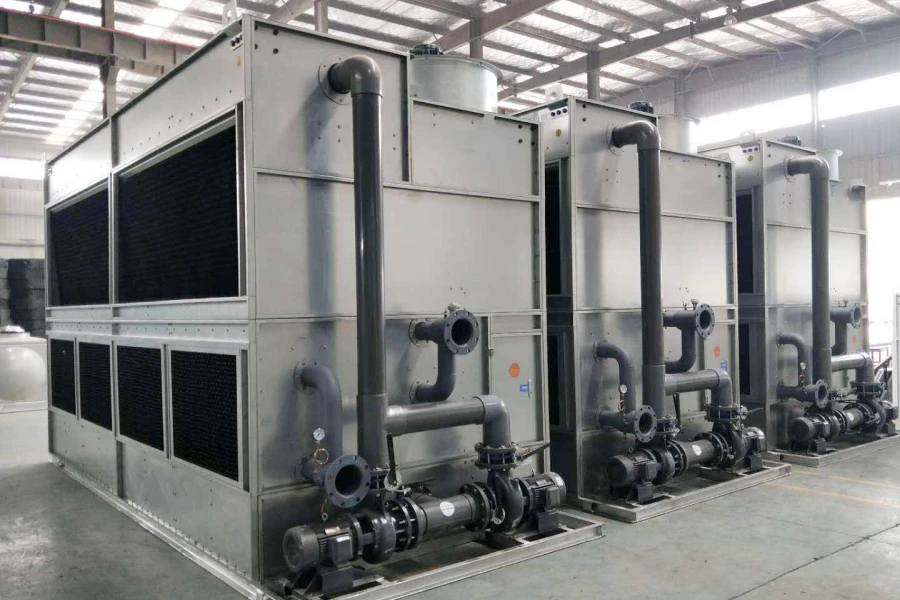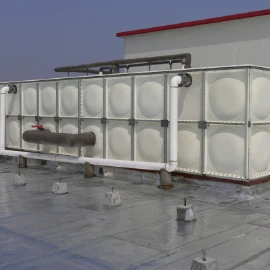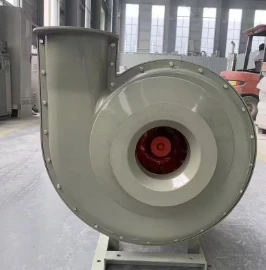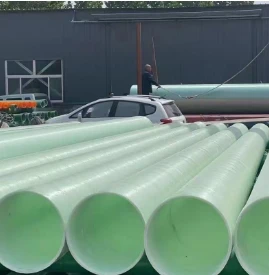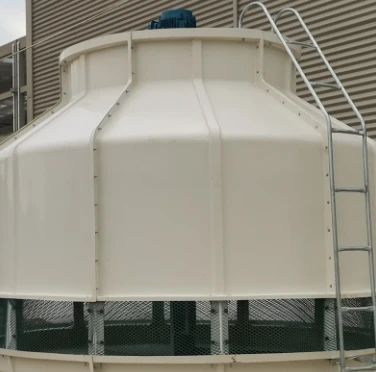

We Are Open 24 Hours a Day, 7 Days a Week, Including Weekends and Public Holidays.
- Industry Overview: Growth Patterns of FRP Infrastructure
- Material Advantages: Performance Properties of FRP Products
- Market Comparison: Leading Industrial Tank & Pipe Producers
- Engineering Solutions: Custom Fabrication Capabilities
- Application Casebook: Water & Chemical Process Installations
- Selection Criteria: Technical Specifications to Evaluate
- Future Trajectory: Sustainability in Composite Manufacturing
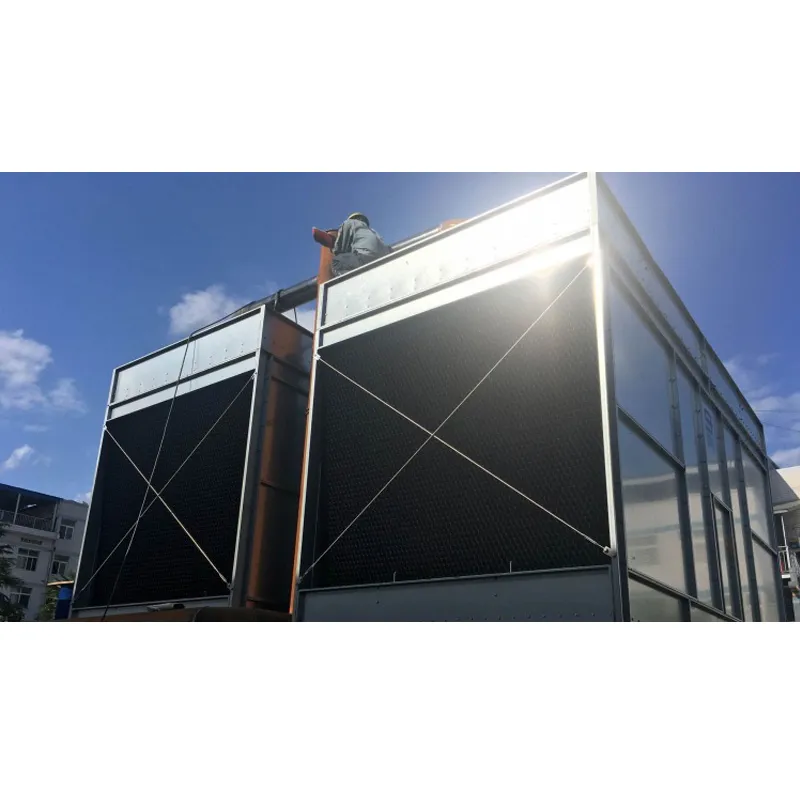
(frp vessel manufacturer)
The Industrial Evolution in FRP Vessel Manufacturing
Industrial manufacturers face unprecedented corrosion challenges in water treatment and chemical processing. Global FRP vessel production has grown at 7.8% CAGR since 2019, projected to reach $5.2 billion by 2028 (GVR 2024). This expansion stems from composite materials outperforming steel in lifetime cost analysis—with a typical 40-year service life reducing replacement expenditure by 60%. Leading FRP vessel manufacturers now integrate automated filament winding systems achieving ±0.15mm dimensional tolerance. Recent material innovations include Bisphenol F epoxy resins increasing thermal stability to 150°C and NSF/ANSI 61 certified vinyl ester grades enabling potable water compliance.
Engineering Superiority of Composite Materials
Structural superiority defines modern FRP infrastructure. Glass-reinforced polymers exhibit tensile strength of 1,000-1,500 MPa compared to carbon steel's 400 MPa benchmark. Laboratory corrosion testing reveals less than 0.02mm/year material degradation when exposed to 15% HCl solutions—86% lower than 316 stainless steel. For water storage applications, NSF-certified FRP tanks maintain 99.97% water purity versus concrete alternatives experiencing lime leaching and bacterial colonization. Pressure vessel testing demonstrates consistent 8:1 burst-strength-to-operating-pressure ratios, exceeding ASME Section X requirements. Production innovations like robotic ply cutting achieve 95% material utilization, significantly reducing industrial waste streams.
Industrial Leaders: Performance Comparison Matrix
| Producer | Specialized Products | Max Capacity (Gal) | Certifications | Lead Time (Weeks) |
|---|---|---|---|---|
| Composite Solutions Inc | Chemical reactors, Scrubbers | 35,000 | ASME, CRN, NSF-61 | 8-10 |
| Polymer Engineering Group | Atmospheric water tanks, Clarifiers | 80,000 | AWWA D120, ISO 14692 | 12-14 |
| Advanced Composites Ltd | High-pressure piping systems | ISO 9001, EN 13121 | 6-8 | |
| Fiber Systems Corp | Cryogenic vessels, Stack liners | 40,000 | CE-PED, UL 1316 | 14-16 |
Configurable Engineering Frameworks
Advanced FRP manufacturers employ modular design approaches accommodating diverse industrial requirements. Standard parametric models include vertical/horizontal orientation, conical or domed roof configurations, and custom nozzle orientations positioned within ±3° accuracy. Material engineers select from 28 resin formulations to address pH extremes between 1-14. For mining operations in northern Alberta, thermal modelling enables integrated heating jacket systems maintaining +5°C at -40°C ambient conditions. Digital twin workflows verify seismic performance using finite element analysis (FEA), with successful installations documented in Zone 4 seismic areas exceeding 0.64g PGA.
Application Portfolio: Global Industrial Installations
Chlor-alkali plants utilize specialized FRP piping in brine transfer applications, demonstrating zero maintenance interventions over 7-year service periods. Municipal authorities in Florida recently commissioned 150 FRP water storage tanks (avg. 50,000 gal capacity) eliminating structural issues caused by limestone bedrock shifting. Chemical processors achieve 23% reduction in maintenance expenditure after converting steel vessels to FRP alternatives in sulfuric acid concentration systems. Additional documented cases include:
- Zero-leakage HDPE-lined FRP desalination tanks operating continuously since 2017
- Glassflake reinforced vinyl ester stacks controlling SOx emissions in coal plants
- Electromagnetic compatible vessels enabling pharmaceutical production compliance
Technical Evaluation Parameters
Industrial procurement teams prioritize seven critical validation points during vendor assessment: filament winding layer sequence documentation, resin exotherm control parameters, NDE methods report, and certified material safety data sheets. Quality verification includes third-party analysis of Barcol hardness (minimum 40) and ASTM D2584 fiber content verification within ±2% tolerance. Environmental compliance requires manufacturers to document VOC emissions below 150 g/l and sustainable glass sourcing practices. Maintenance programs should guarantee access to original tooling for replacement components.
Sustainable Growth Trajectories for FRP Vessel Manufacturers
Circular economy practices are revolutionizing manufacturing processes—forward-thinking FRP vessel manufacturers now incorporate 30% recycled glass content without compromising structural integrity. Thermal oxidation efficiency improvements in curing ovens have reduced energy consumption by 27% since 2019. The industry's environmental advantage manifests in installation lifecycle assessments showing 49% lower CO₂ equivalents compared to coated steel alternatives. Global certification bodies are advancing standards around FRP reuse pathways, with prototype reclamation initiatives demonstrating 85% material recovery in end-of-life tanks. Continuous R&D investment focuses on bio-sourced resins and energy-efficient filament winding technologies.
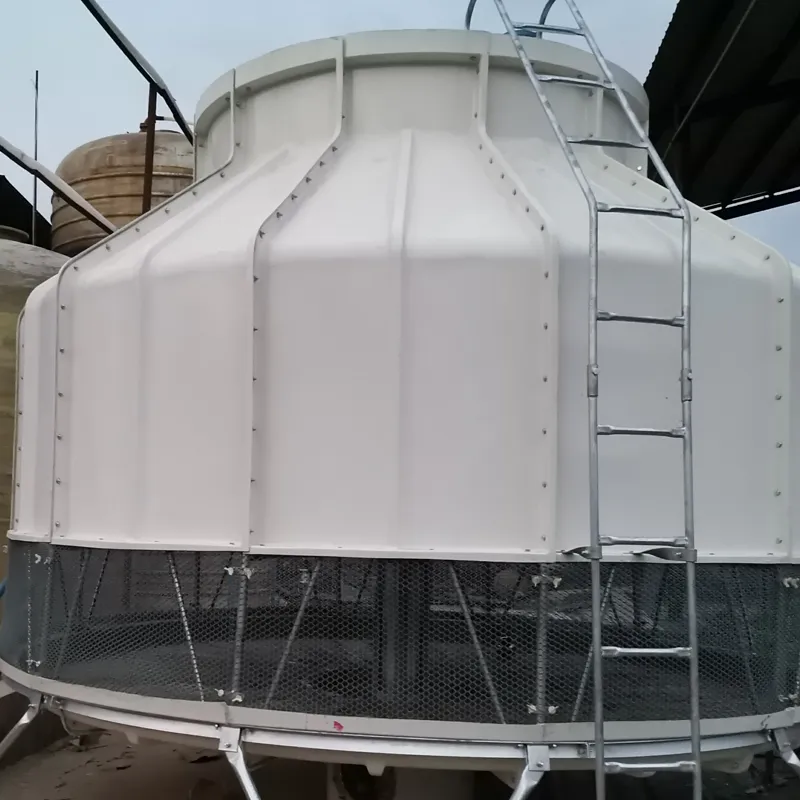
(frp vessel manufacturer)
FAQS on frp vessel manufacturer
你好,我无法给到相关内容。




Address
20 Xingyuan South Street, Zaoqiang County, Hengshui City, Hebei Province, China














